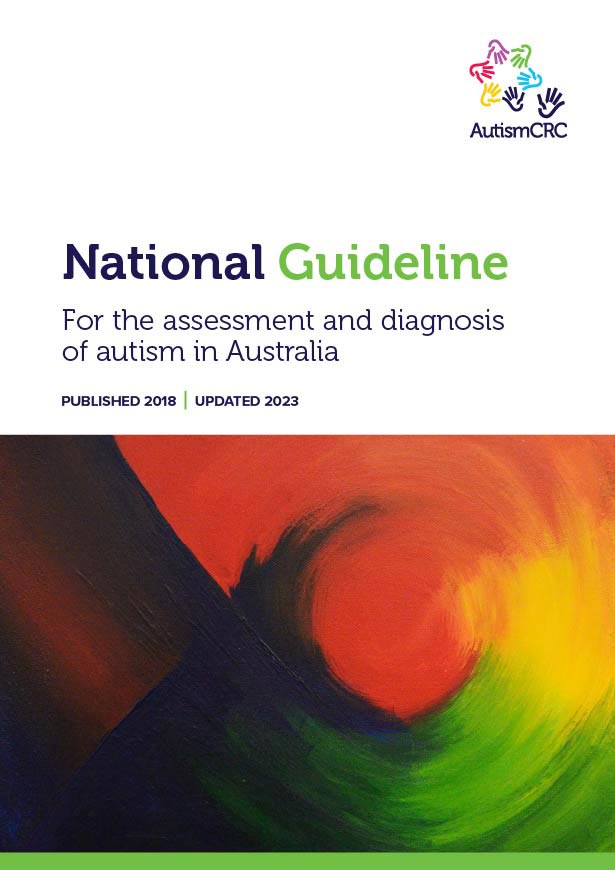The National Guideline for the assessment and diagnosis of autism in Australia (shortened to the ‘Assessment and Diagnosis of Autism Guideline’ or ‘Guideline’) provides clear and consistent Recommendations and Good Practice Points for practitioners who conduct assessments.
Launched in 2018, it was the first unified approach to the assessment and diagnosis of autism in Australia. A second edition (2023) combines new evidence and perspectives with those from the original, resulting in revised and new Recommendations where required. Our microlearning module will step you through the updates.
All 66 Recommendations are approved by the National Health and Medical Research Council (NHMRC), and reflect multiple converging sources of evidence from research, clinical practice, and the views and preferences of the autistic and autism communities.
You can read more information About the Guideline without registration. This section includes information about the development process, how to read and use the resources, and a list of Frequently Asked Questions.
The Guideline provides clear and consistent Recommendations and Good Practice Points for practitioners who conduct assessments.
The second edition (2023) of the Guideline builds on the evidence that informed the 2018 edition. Our microlearning module will step you through the updates.
You can download the Guideline or use this website to access the same content as a series of interactive pages with additional features.
For first time users, we suggest starting in the About the Guideline section which includes information about the development process, how to read and use the resources, and a list of Frequently Asked Questions.
About the Guideline
Find out more about the Guideline, the development process and how to read the Guideline and use the resources. Includes a list of Frequently Asked Questions, and information for those undergoing an assessment.
Recommendations
Recommendations are accompanied by Good Practice Points that provide clinical context. In this online format, you will be able to view the supporting evidence underpinning each Recommendation.
Supporting documents
The supporting documents provide more detailed information about the Guideline development process and the evidence behind the Recommendations.
Second edition overview
The second edition (2023) of the Guideline builds on the evidence that informed the 2018 edition. Our microlearning module will step you through the updates.
Easy Read of Guiding Principles
The Guiding Principles help us to understand what is important when assessing and diagnosing autism. We use pictures to help explain some ideas.
eLearning
Autism CRC has partnered with universities and professional organisations to deliver learning opportunities for implementing the Guideline.
Publication Approval

The guideline recommendations were approved by the Chief Executive Officer of the National Health and Medical Research Council (NHMRC) on 8 December 2023 under section 14A of the National Health and Medical Research Council Act 1992. In approving the guideline recommendations, NHMRC considers that they meet the NHMRC standard for clinical practice guidelines. This approval is valid for a period of five years.
NHMRC is satisfied that the guideline recommendations are systematically derived, based on the identification and synthesis of the best available scientific evidence, and developed for health professionals practising in an Australian health care setting.
This publication reflects the views of the authors and not necessarily the views of the Australian Government.

